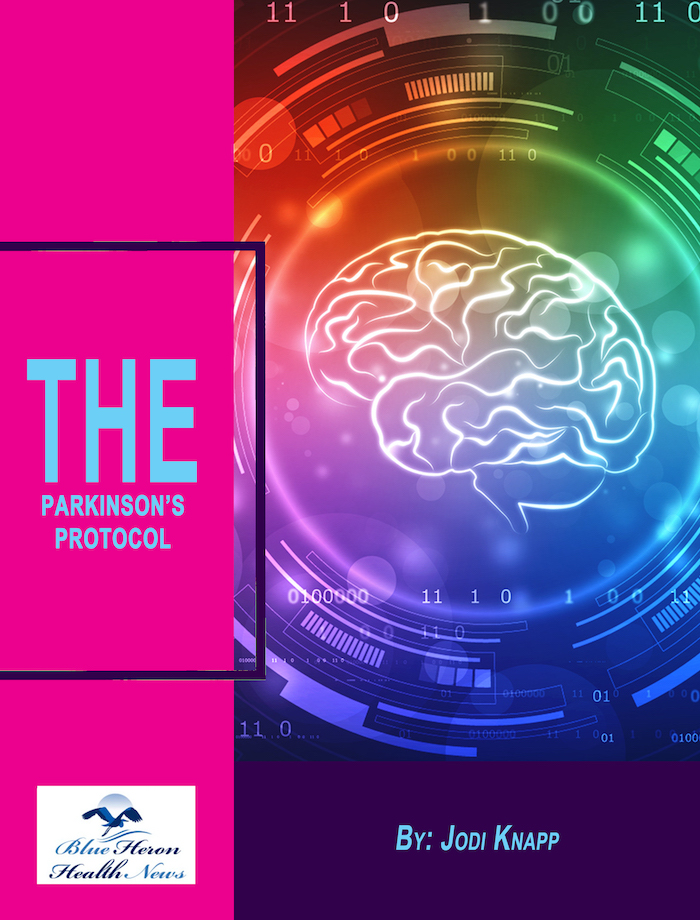
The Parkinson’s Protocol™ By Jodi KnappThus, the eBook, The Parkinson’s Protocol, educates you regarding the natural and simple ways to minimize the symptoms and delay the development of Parkinson’s effectively and quickly. It will also help your body to repair itself without following a specific diet plan, using costly ingredients or specific equipment. Its 60 days guarantee to return your money allows you to try for once without any risk.
What is the success rate of surgical interventions in Parkinson’s disease?
The success rate of surgical interventions in Parkinson’s disease (PD), particularly Deep Brain Stimulation (DBS), pallidotomy, and thalamotomy, can vary based on certain patient parameters such as disease stage, symptom type, and overall health. However, these surgeries have brought some positive results in symptom control for the majority of patients. Below is an overview of the success rates of these procedures:
1. Deep Brain Stimulation (DBS)
DBS is the most common surgical intervention for Parkinson’s disease. It involves the implantation of electrodes into specific areas of the brain to deliver electrical impulses that can potentially control motor symptoms.
Success Rate:
DBS improves motor symptoms such as tremor, rigidity, bradykinesia (slowness of movement), and dyskinesia (abnormal movement) in 70-80% of patients.
It also reduces the need for medication, especially that of levodopa-induced dyskinesia, and it produces fewer motor fluctuations (on-off phenomenon).
Duration of Benefit:
The benefits of DBS may last for years, but the device settings must be modified eventually. The battery of the system must be replaced every 3-5 years.
Long-Term Outcome:
The majority of patients have an improved quality of life after DBS, but the long-term benefit can be unpredictable. While DBS still provides symptom control in most, the effect can decline as the disease progresses, and adjustments in stimulation parameters are often required.
2. Pallidotomy
Pallidotomy is a surgical procedure where a section of the globus pallidus (a part of the brain involved in movement control) is ablated to reduce motor symptoms, particularly rigidity and tremor.
Success Rate:
Pallidotomy succeeds in 60-80% of instances, especially with cases of tremor-dominant Parkinson’s disease.
It provides an excellent improvement in movement control, even though it does not work so well for posturally unstable individuals and those experiencing gait abnormalities.
Risks:
Pallidotomy involves greater risks of mental and speech-related complications than DBS, part of the reason DBS has replaced pallidotomy in great measure as the treatment option of choice.
3. Thalamotomy
Thalamotomy is the removal of part of the thalamus, a region of the brain that controls movement, to reduce tremors, particularly in patients with tremor-dominant Parkinson’s disease.
Success Rate:
Thalamotomy is particularly effective for tremor control, with success rates of 80-90% in patients with tremor-dominant Parkinson’s disease.
It does not, however, reduce other motor symptoms such as bradykinesia (slowness) or rigidity.
Risks:
As with pallidotomy, thalamotomy carries risks of neurological side effects like changes in speech and thought, and is now used less often.
4. Other Success Factors
Age and Duration of Disease: Surgery is more effective earlier in the progression of the disease, most commonly in early or middle stages of Parkinson’s. Patients beyond that age, or whose disease is more progressed, do not receive as good an effect.
Symptom Type: DBS will be more effective in tremor-dominant Parkinson’s, whereas those with greater postural instability and gait difficulty might benefit less.
Cognitive and Psychiatric Health: Patients who are of normal cognitive status and have minimal psychiatric complications are known to have better outcomes.
Conclusion:
The outcome of surgery for Parkinson’s disease ranges between 60-80%, varying based on type and patient-related factors. Deep Brain Stimulation (DBS) is the most effective and most widely performed treatment, with 70-80% success in improving the motor symptoms and quality of life. Pallidotomy and thalamotomy are useful, particularly for patients with tremor, but are more hazardous and are now less commonly used. Overall, surgery can significantly improve motor function and relieve medication side effects in many patients, but outcome is influenced by disease duration, symptom type, and other factors.
The Parkinson’s Protocol™ By Jodi KnappThus, the eBook, The Parkinson’s Protocol, educates you regarding the natural and simple ways to minimize the symptoms and delay the development of Parkinson’s effectively and quickly. It will also help your body to repair itself without following a specific diet plan, using costly ingredients or specific equipment. Its 60 days guarantee to return your money allows you to try for once without any risk